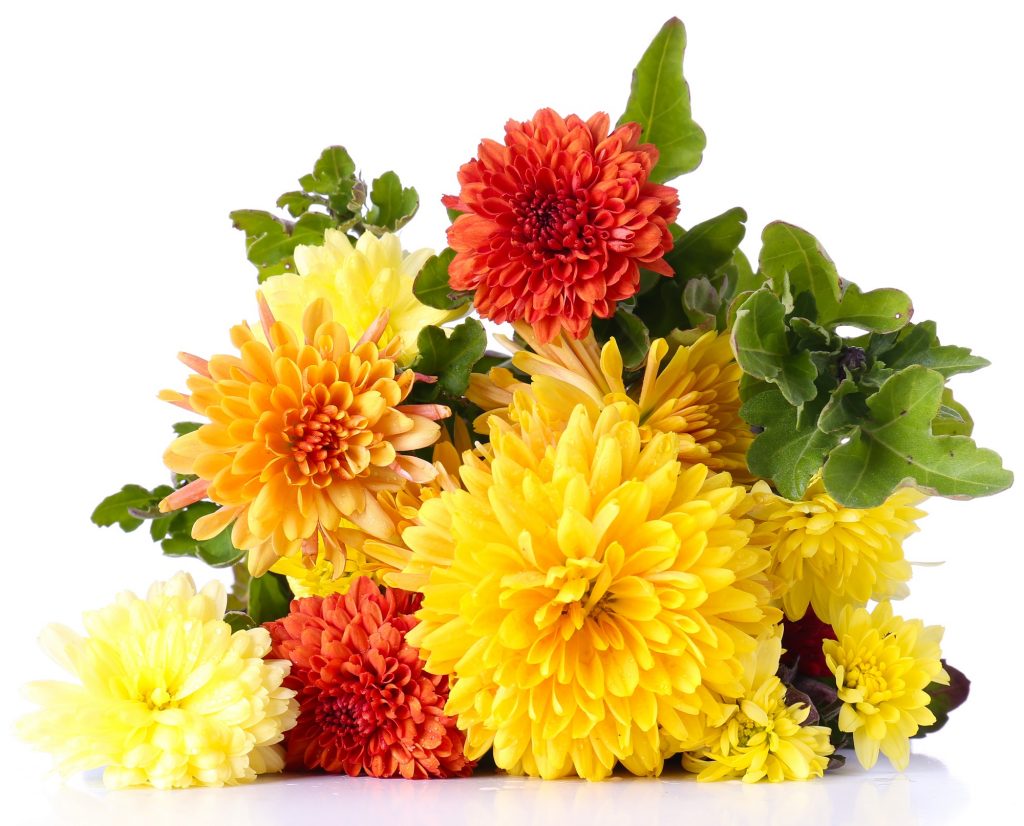Chrysanthemum: Pushing Back the Winter!
Whether you call it Chrysanthemum, Mum, or Pompon, this bright, bouncy bloom has a special place in the heart of the cut flower or gardening enthusiast. It’s often one of the last blooms standing as winter’s gloom gathers. If you’re making a brave last stand for floral beauty, you’ll want to keep those mums looking good and lasting long. Floralife and LivRio have the care and handling info you need in “Chrysanthemums: Humble Yet Mighty!”

Native to Asia and Northeastern Europe, mums have been intensely cultivated by the Japanese for over 1000 years. Pompons are so revered in Japan that their emperor sits on the “Chrysanthemum Throne.” Today’s mums – large, single-bloom stems – contrast with their wild ancestors that were (and remain!) smaller and grew in multi-bloom sprays.
As one of fall’s most popular blooms, you will have plenty of opportunity to hone your Pompon care and handling skills. As always, Floralife® and LivRio are here to help, beginning with your purchase from the grower. Let’s take a look at the highlights!

Chrysanthemum Care & Handling
PURCHASING: Be sure to choose Chrysanthemums with heads showing full color, and three-quarters to fully open.
HYDRATION: As always, hydration begins with proper sanitation using
D.C.D.® Cleaner . Stem trimming, foliage removal, and maintaining a proper temperature for your hydration solution (Floralife® HydraFlor® 100, of course!)
SHIPPING AND STORAGE: We discuss recommended temperatures, and a note that dry storage might be best for your chrysanthemums.
RE-HYDRATION AT STORE LEVEL AND STORAGE: Proper sanitation again, and conditioning of stems with Floralife® Quick Dip. A discussion of stock rotation, water quality, and a recommendation to use a holding treatment such as Floralife® Express 200.
VASE CARE: More stem trimming, foliage removal and Floralife® Quick Dip, followed by Floralife Crystal Clear®, or Floralife® Express 300.
…AND MORE! You’ll also find a caution about botrytis causes and prevention. We also discuss common mum defects and their causes, such as leaf yellowing, browning, and petal shatter.

These are your Pompon care and handling highlights. There is MUCH more in the original piece, so check it out and get informed. Do YOUR part to push back the oncoming winter gloom – hug a Chrysanthemum today!
